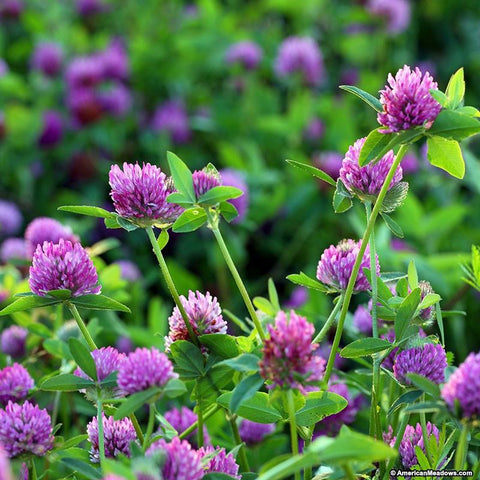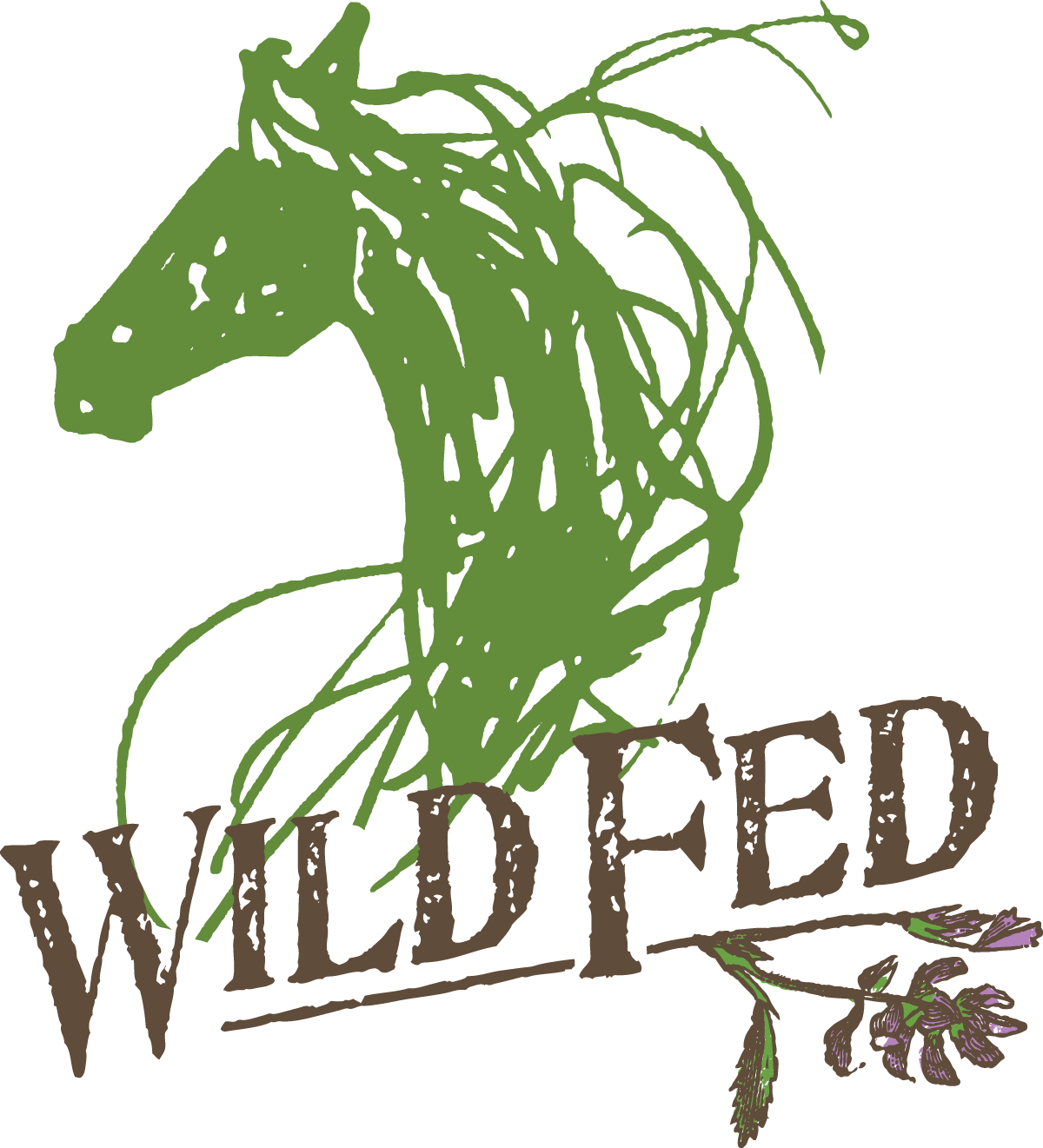CAN I FEED WILD FED HORSE FEED TO MY HORSE WHO HAS METABOLIC ISSUES?
We have many customers who feed Wild Fed Horse Feed to their horses with Cushing’s disease and Insulin Resistance. In fact, my own horse Shadow showed signs of Cushing’s before I started feeding him Wild Fed and his symptoms have since gone away. For horses with Cushing’s the recommendation is to keep the feed under 16% NSC at the highest (preferably under 15%). Horses with acute laminitis require an NSC of less than 10%. Our feed has been averaging at 14.2% NSC but has gotten as low as 13.1%.
*Note: NSC stands for nonstructural carbohydrates. It is a calculated measurement. NSC= Ethanol Soluble Carbohydrates (ESC) aka simple sugars + Starch. NSC measures sugar, starch and fructan in the feed and is a commonly used indicator of sugar/starch content in a feed.
DO THE PELLETS HAVE TO BE SOAKED?
We recommend using 1.25 cups water for every cup of feed. Its up to you what you chose to do but this is our reasoning behind our recommendation to soak the pellets.
We always recommend adding water to the pellets because of the way the pellets are made. We do not use binders to hold the ingredients together. The pellets are made using high pressure which releases steam creating essentially a dehydrated product. If no water is added, then the pellets will pull moisture from your horse’s mouth or stomach to rehydrate the feed. Many horses might be completely fine with that, but it could potentially cause a horse to choke if they did not have good salivation. So our recommendation is always to soak it. The good news is that the pellets soak up water really quickly, in only 10-16 min, (less if you use hot water) and your horse is also getting rehydrated at the same time.
Many horses actually prefer the pellets on the crunchy side so don’t worry if all the pellets haven’t become fully rehydrated.
CAN WILD FED HORSE FEED BE GIVEN AS A SUPPLEMENT?
Wild Fed Horse Feed is not designed as a supplement. It is designed as a complete feed and should be used in the same manner as you would a Purina Senior feed. If you are feeding more than 10 lbs/day, then no further supplementation would be necessary. If you are feeding less than this amount, you may consider continuing with your current supplement regimen. If you are feeding between 6-9 lbs/day, you could cut back on your vitamin/mineral supplement to a half dose. Using Wild Fed makes a great balanced base feed that you can feed alone or combine with other herbs or supplements. It is nutrient dense so it provides many minerals, vitamins and trace minerals that your horse would not otherwise get from just oats, coconut meal or hay pellets.
WILL THIS FEED MAKE MY HORSE “HOT?”
It has not been our experience that this feed makes a horse “hot”. For the majority of horses, this will not be an issue. I cannot say that every horse will respond the same way. There are, of course, very sensitive horses that might become overly energized but this would be the exception and not the rule.
There are two ingredients in the feed that cause concern for those with high energy or sensitive horses: oats and the alfalfa. I will address both of these ingredients.
Oats only make up about 4% of the feed. They are rich in phosphorus, an important mineral, that is low in grass hays and alfalfa which is why we chose to include it in our feed. Oats have high energy content because of the sugars it contains. This relatively small amount of oats in the feed, will not make your horse hot because it contributes minimally to the high energy content of the feed. Our feed is still considered a low sugar feed even with the small amount of oats it contains.
Alfalfa makes up about 25% of the feed. It is a highly nutritious herb and contributes greatly to the mineral content as well as the protein content of the feed. Alfalfa is often higher in energy content than grass hays but this energy content comes from protein and fiber and not sugars. The higher energy content in the alfalfa could result in greater weight gain but should not make your horse “hot” like a cereal grain might. Herbalist regard alfalfa to be a highly medicinal plant because it is so nutrient dense and is often found in pregnancy teas for that reason. That being said, when given as a sole feed or in high quantities, it can be difficult on the kidneys because of its high protein and mineral content. So it is optimally fed at amounts <30% of the ration.
IS IT SAFE FOR MY HORSE TO CONSUME RED CLOVER?

RED CLOVER Trifolium pretense
Red clover is a common herb found in pastures all over the world. It is a legume high in protein, phytoestrogens and nutrients. Red clover eaten in large quantities causes photosensitivity and excessive salivation in humans and animals. In both cases it is due to different types of mold that grow on the clover not the clover itself. Clover is used as a cover crop and when it is harvested it is often fed to cattle like one would feed grass hay. Clover like hay is susceptible to mold when not dried properly.
We do not use agricultural red clover we use human grade organic clover which has been laboratory tested by a 3rd party to look for mold and other toxins and contaminates.
In cases of horses reacting to the clover, the clover was being consumed at ~20% of the total ration and they were eating clover out of the pasture or in the hay. Red clover is a very small percentage of our feed <1% and thus it is not capable of causing these symptoms in these amounts.
To learn more about red clover follow the link below
https://www.extension.umn.edu/agriculture/horse/pasture/feeding-clover/
Can I see the ingredient analysis?
__________________________________________________________________________
GUARANTEED ANALYSIS
| NUTRIENT | VALUE |
|---|---|
| Protein (min) | 12.5% |
| Crude Fat (min) | 3.2% |
| Calcium (min/max) | 0.4-0.9% |
| Phosphorus (min) | 0.22% |
| Salt (max) | 0.4% |
| Copper (min) | 6.5ppm |
| Zinc (min) | 25ppm |
| Selenium (min) | 0.3ppm |
| Vit A (min) | 7000 IU/lb |
| Vit D (min) | 429 IU/lb |
| NSC (max) | 13% |
| ESC (max) | 8% |
| Starch (max) | 2% |

